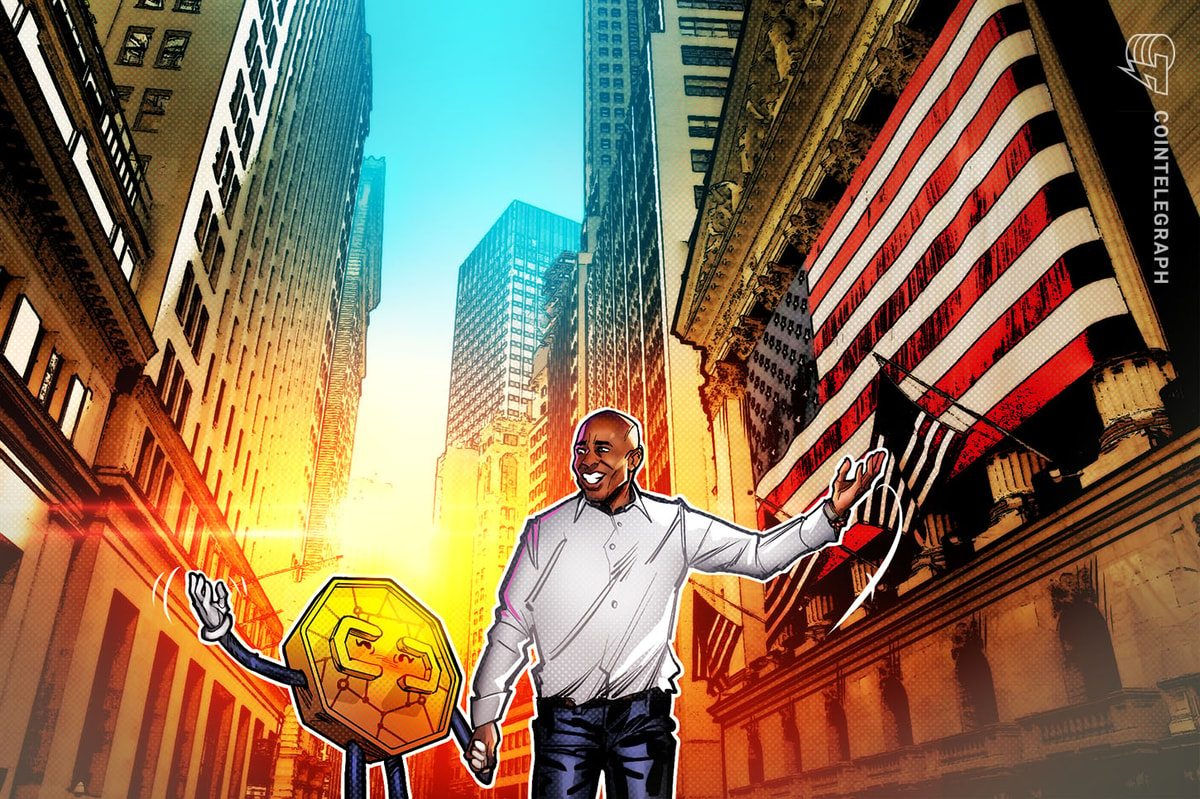
Popular entrepreneur and NFT proponent Gary Vaynerchuck — also known as Gary Vee — has argued that oversupply, greed and subpar projects are the main reasons the NFT market fell so hard over the past year.
On Dec.12, Vaynerchuck highlighted his latest blog post via Twitter which explores the NFT sector’s current issues and where he thinks it’s headed next year.
Hope this article can help some of you, the feedback has been humbling …. Why I Said 97-99% of NFTs Would Go to Zero – Gary Vaynerchuk https://t.co/BmhO7OUGdH
— Gary Vaynerchuk (@garyvee) December 11, 2022
Commenting on the state of the market, Vaynerchuck emphasized that there has been a significant amount of fear, uncertainty and doubt (FUD) from the media and users of social media this year, who have generally highlighted issues such as dwindling trading volumes and floor prices.
“The truth is, if you’ve been paying attention, you know what’s really happening here – and if you’re like me, you’re not surprised,” argued Vaynerchuck.
He pointed back to a prediction he made a year prior in which he argued that “98-99% of NFT projects” that gained traction during the NFT boom in 2021 will end up being bad investments or “go to zero.”
Problems with NFTs
Explaining this prediction, Vaynerchuck highlighted three major issues holding back the market — oversupply, short-term greed and poor operators.
In terms of oversupply, Vaynerchuck argued that the large number of “celebrities, influencers, sports leagues, big brands and individual artists” that jumped on the bandwagon last year was bound to cause supply and demand issues.
“Some have been amazing projects led by true operators who are focused on delivering value to their communities – most are not,” he wrote, adding that:
“The demand has not and will not be able to keep up with that extraordinary level of supply, and any time that happens, there’s a bubble waiting to burst.”
In regards to short-term greed, Vaynerchuck argued that the industry has been hampered by too many people rushing to make a quick buck from launching projects or trading NFTs, resulting in losses to scams and projects with poor fundamentals imploding.
“Everyone’s way too selfish, way too fast, and lacking thoughtfulness. This is a marathon, but everyone’s treating it like a micro sprint and a gold rush, and that’s why most will lose,” he wrote.
In June, blockchain monitoring software company DEXterlab polled more than 1,300 people on Twitter about their NFT buying habits from late May to early June. It found that while 64.3% of its respondents said they bought NFTs “to make money,” less than 42% had made a profit at the time of the poll.
Meanwhile, on the subject of bad projects, he suggested that as anyone can simply launch an NFT project “there’s now a huge number of people with no real knowledge of things like business, long-term community building, culture, day-to-day operating of a staff, and creating demand.”
Where are NFTs going in 2023
Looking forward into 2023, Vaynerchuck argued that there’s unlikely to be another market boom like that of 2021, particularly as he doesn’t see the “macroeconomic landscape” turning bullish anytime soon.
Additionally, Vaynerchuck likened the crypto and NFT sector to the internet boom of the late 1990’s and early 2000’s, in which a countless number of companies crumbled while the strongest rose to dominance.
“Due to a ridiculous amount of supply, many projects will crash and go to zero like Pets.com, but there will be some – that 1-3% of projects – that will become the Amazons and the eBays. The key is… how many of you are willing to do the homework it takes to make smart investments?”
Vaynerchuck jumped into NFTs back in early 2021 and went on to launch his debut project VeeFriends in May that year, and has invested in a number of projects since then. According to data from CryptoSlam, VeeFriends is the twentieth ranked NFT collection in terms of all time sales volume at $241.8 million.
Read More: cointelegraph.com









 Bitcoin
Bitcoin  Ethereum
Ethereum  Tether
Tether  XRP
XRP  Solana
Solana  USDC
USDC  Dogecoin
Dogecoin  Cardano
Cardano  TRON
TRON  Lido Staked Ether
Lido Staked Ether  Wrapped Bitcoin
Wrapped Bitcoin  Sui
Sui  Chainlink
Chainlink  Wrapped stETH
Wrapped stETH  Avalanche
Avalanche  Stellar
Stellar  Shiba Inu
Shiba Inu  Hedera
Hedera  Hyperliquid
Hyperliquid  Toncoin
Toncoin  Pi Network
Pi Network  LEO Token
LEO Token  Bitcoin Cash
Bitcoin Cash  Litecoin
Litecoin  Polkadot
Polkadot  USDS
USDS  WETH
WETH  Monero
Monero  Wrapped eETH
Wrapped eETH  Pepe
Pepe  Bitget Token
Bitget Token  Binance Bridged USDT (BNB Smart Chain)
Binance Bridged USDT (BNB Smart Chain)  Ethena USDe
Ethena USDe  Coinbase Wrapped BTC
Coinbase Wrapped BTC  WhiteBIT Coin
WhiteBIT Coin  Bittensor
Bittensor  Uniswap
Uniswap  NEAR Protocol
NEAR Protocol  Dai
Dai  Aptos
Aptos  Aave
Aave  OKB
OKB  Ondo
Ondo  Internet Computer
Internet Computer  Ethereum Classic
Ethereum Classic  BlackRock USD Institutional Digital Liquidity Fund
BlackRock USD Institutional Digital Liquidity Fund  Cronos
Cronos  Tokenize Xchange
Tokenize Xchange